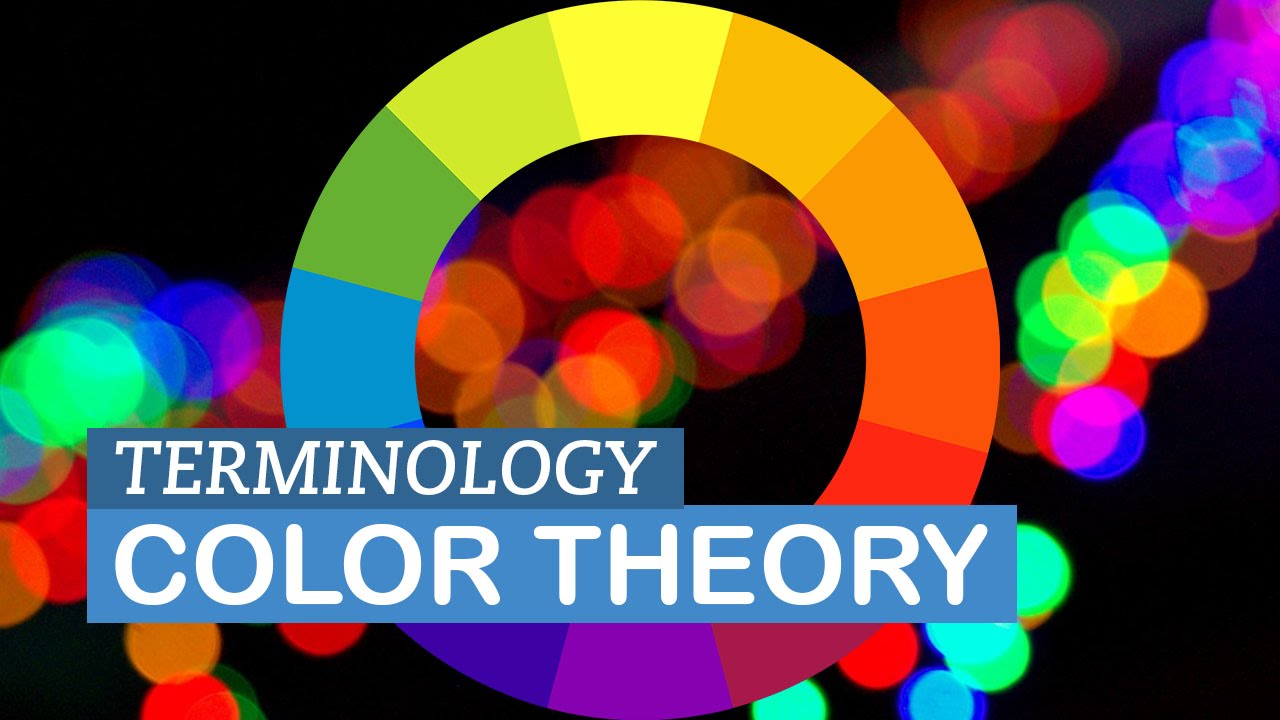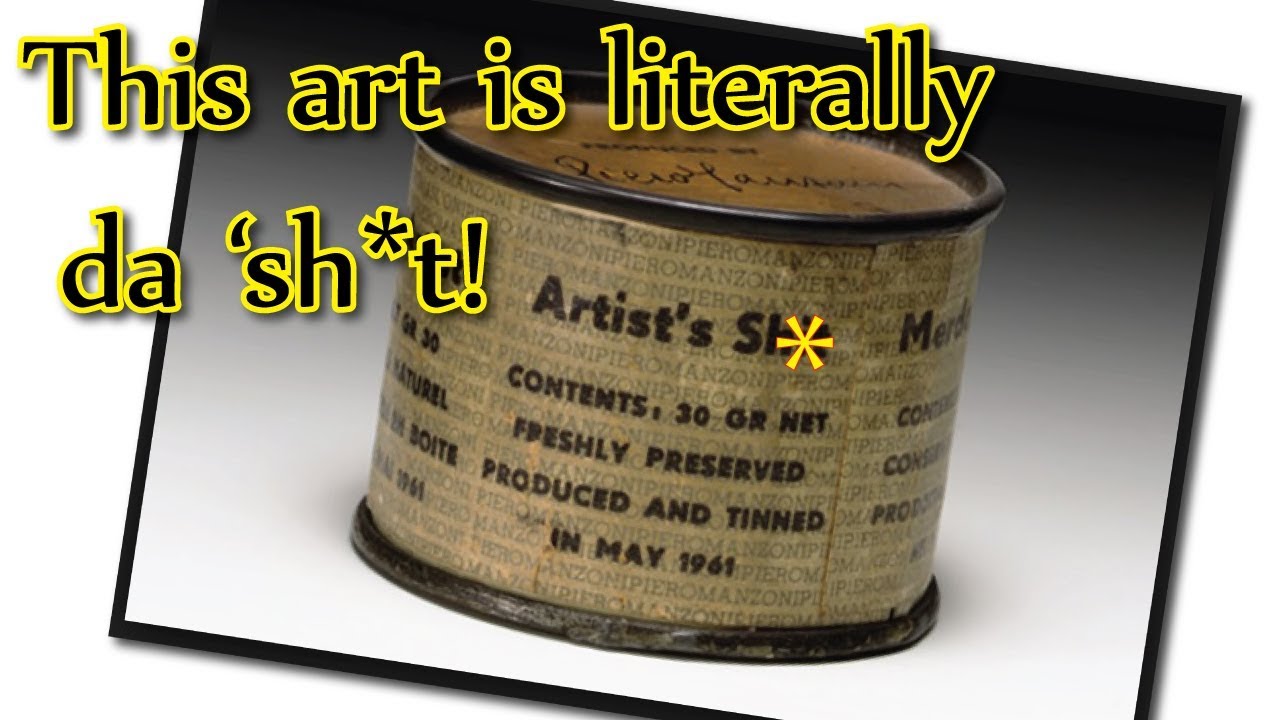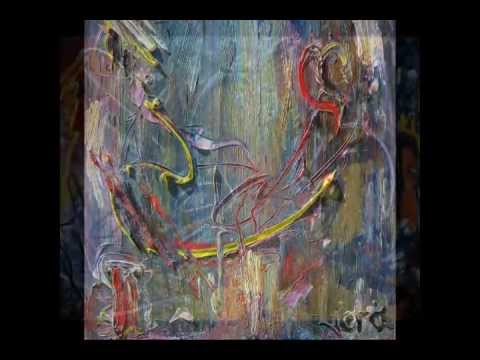Little Art Talks
Saturation? Hue? Let’s get these definitions down right!
Please note that the color wheel covered in this video is a more Traditional color wheel. I will be making another video to discuss the RGB color model.
Mona Lisa world’s first 3D image?! Stereoscopy
http://youtu.be/hOsxpgKHncI
CMYK vs. RGB Color Models
http://youtu.be/AbNa_Dt9mcY
Subscribe to Little Art Talks for more art-filled educational videos: https://goo.gl/89YzFS
Be sure to click the bell next to the “Subscribe” button to be notified when new videos are published!
Help us caption & translate this video!
http://www.youtube.com/timedtext_cs_panel?c=UCnrh8VjdQiHDSWsnAUPVWww&tab=2
Support Little Art Talks directly on Patreon: https://goo.gl/Nkr9VO
MERCHANDISE:
Arden Cove Bags & Backpacks: https://goo.gl/f41Bgy
Let’s Connect!
WEBSITE: https://goo.gl/8CnhJp
FACEBOOK: http://goo.gl/YScjms
TWITTER: http://goo.gl/UuSvyp
INSTAGRAM: https://goo.gl/MeahG0
TUMBLR: https://goo.gl/UvZQB1
PINTEREST: http://goo.gl/Cazd5J
GOOGLE+: https://goo.gl/RIE8pN
GOODREADS: https://goo.gl/by7dUF
Karin’s Links:
WEBSITE: https://goo.gl/f41Bgy
YOUTUBE: https://goo.gl/m64WCw
INSTAGRAM: https://goo.gl/mh12cV
TWITTER: https://goo.gl/MZ59mt
Thanks so much for watching! Here at Little Art Talks, I make free educational videos on art history and all things art related. From ancient Japanese paintings to Duchamp’s readymades, we want to talk about what makes these objects art, and attempt to better understand them. Come join us in the discussion 🙂
If you liked this video, please share it with your friends.
FAQ:
What camera equipment do you use?
Camera http://amzn.to/2ih4HXR
Lights http://amzn.to/2ikUrJW
Microphone http://amzn.to/2ih9AQD
Edit in Premiere http://amzn.to/2ihcSDz
———
Images: Wikipedia Commons, Public Domain, Fair Use
https://soundcloud.com/nyshangyonjan/hello-puja-instrumental
Source




goddamn this the easiest thoroughest clearest lesson possibly on the net
Very helpful
I just needed help on my art homework thx🥔
Hey L.A.T., I enjoy your videos very much, and I am curious, are you making art yourself ( besides these creative videos)?
Brilliant tutorial, thanks!
Name one tertiary color other than brown! If you mix all three primaries (which you use to make secondaries) you get black or brown, because of the subtractive nature of pigment and light.
So when you mix the secondary colors together in a two to one ratio to give you an intermediate color which is the only real third group of colors ( hence tertiary) this provides you with understandable and named colors such as yellow green ( 2 parts yellow to 1 part blue). You showed the right tertiary but your explanation was a little confusing! No hate! Don't stop what you are doing, good stuff!
The Content is good. But your voice is annoying.
Am I allowed to hate color theory? LOL
I'm pretty sure "orange and teal" is ruining cinematography and movie posters.
元気づけます:)
it's a little difficult to talk and keep a smile on your face at the same time:)
Love what you're doing here.